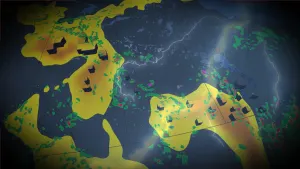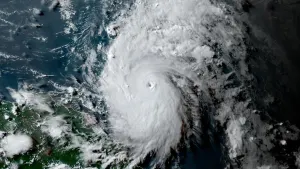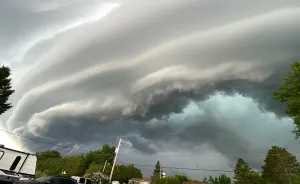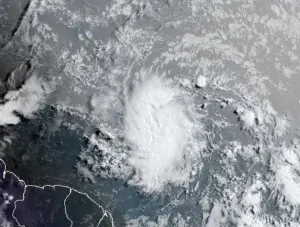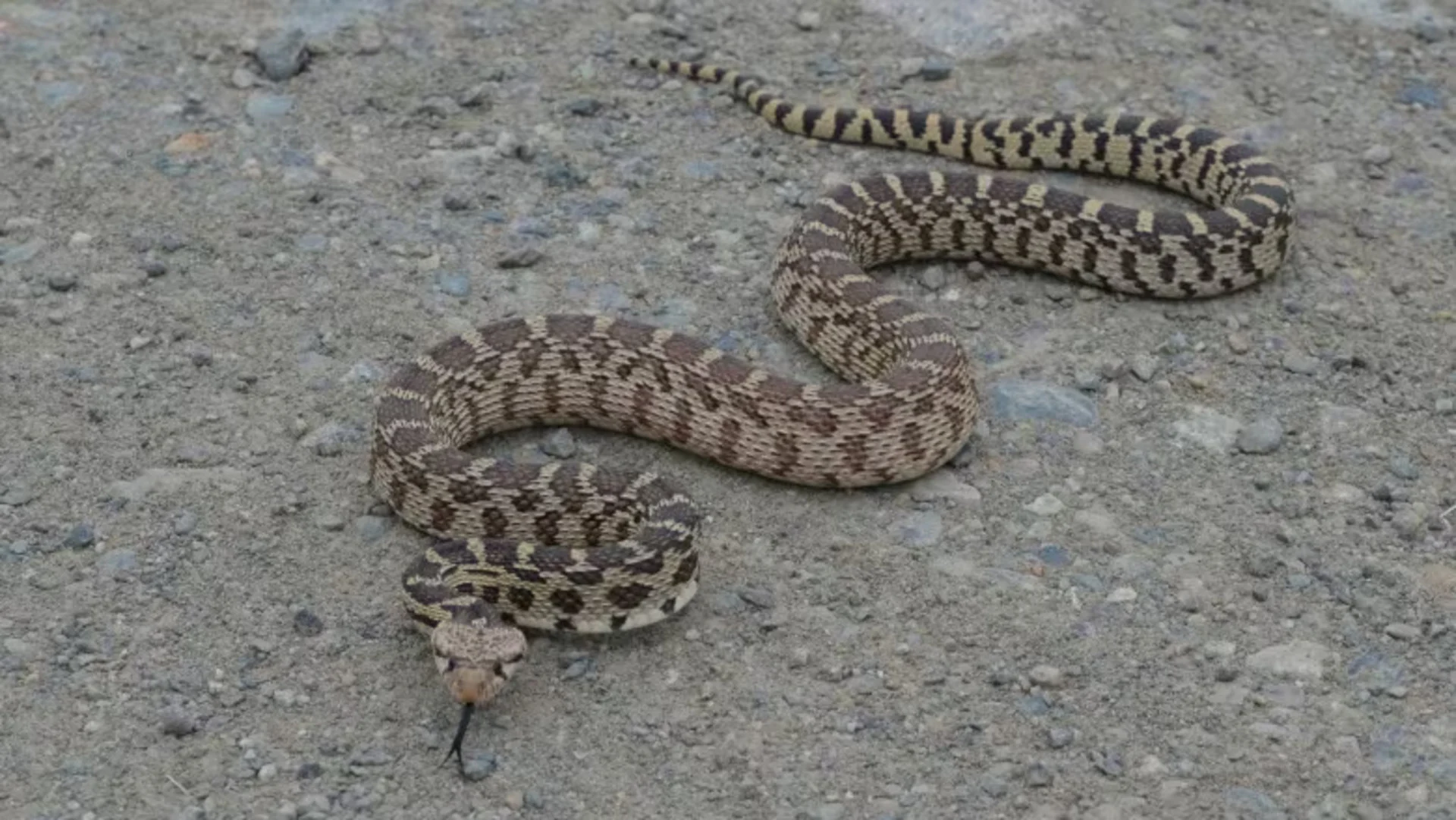
Hot weather waking B.C. snakes from their slumber. Here's how to identify them
As the summer sun beats down on southern B.C., snakes stir from their winter slumber and navigate through the tall grass, signalling summer's arrival.
However, for many Okanagan residents, stumbling upon one slithering through their backyard or neighbourhood can be a bit of a hair-raising experience.
Similar to previous years, residents living around Okanagan Lake at this time of year have been taking to social media to share their snake-related experiences.
READ MORE: Only scary thing about bats is the rate of their population decline
Pete Wise, the urban wildlife specialist based in Vernon, says since the end of hibernation season, he's been inundated with up to six calls a day from people in the region, seeking assistance after spotting an unwelcome serpentine guest near their home.
"There is this phobia about snakes," Wise said. "The gopher snake is out there, and they can get 5½ feet (1½ metres) in length. It's quite a large snake, and, of course, people freak right out."
Snakes hibernate when the temperature drops below 10°C, and there is not enough food available. In B.C., most hibernate from September to April, but some may emerge earlier or later depending on the weather.
Canada is home to 25 species of snakes, according to the Ottawa-based Canadian Wildlife Federation, which says Canadian snakes, contrary to popular belief, are typically shy and non-aggressive.
The Committee on the Status of Endangered Wildlife in Canada (COSEWIC) says half of Canada's snake species are at risk of extinction.
7 common snake species in B.C.'s southern Interior
The South Okanagan-Similkameen Stewardship Program of the Land Conservancy of B.C. lists seven common snake species found in B.C.
Great Basin gopher snake: Classified as a threatened species by COSEWIC, it is the largest snake in B.C., reaching lengths of up to two metres. It's not venomous but can hiss, coil, and shake its tail when feeling threatened.

A Great Basin gopher snake spotted in the Glenmore neighbourhood of Kelowna on May 14. (Karen Olsson/Facebook)
Northern Pacific rattlesnake: A threatened species, this venomous snake is potentially hazardous, but because it is timid and confrontation-averse, it rarely poses a danger.
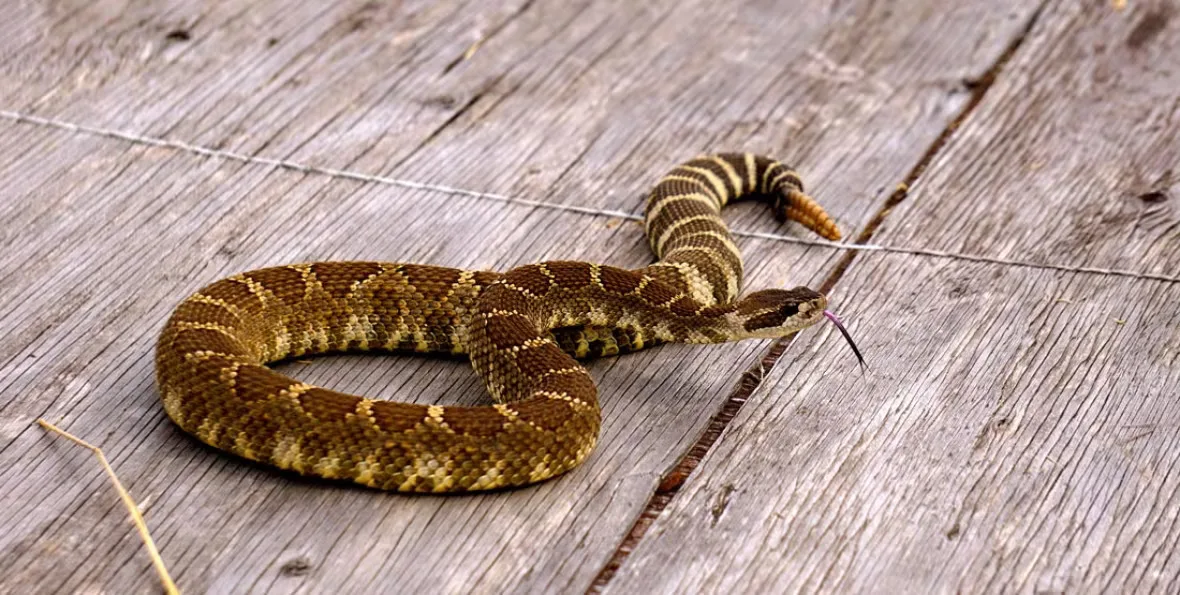
The Northern Pacific rattlesnake is venomous and potentially hazardous but rarely bites. (Burke Museum)
Desert night snake: This endangered species emerges mostly after the sun sets as it hunts for lizards. It is mildly venomous but rarely bites.
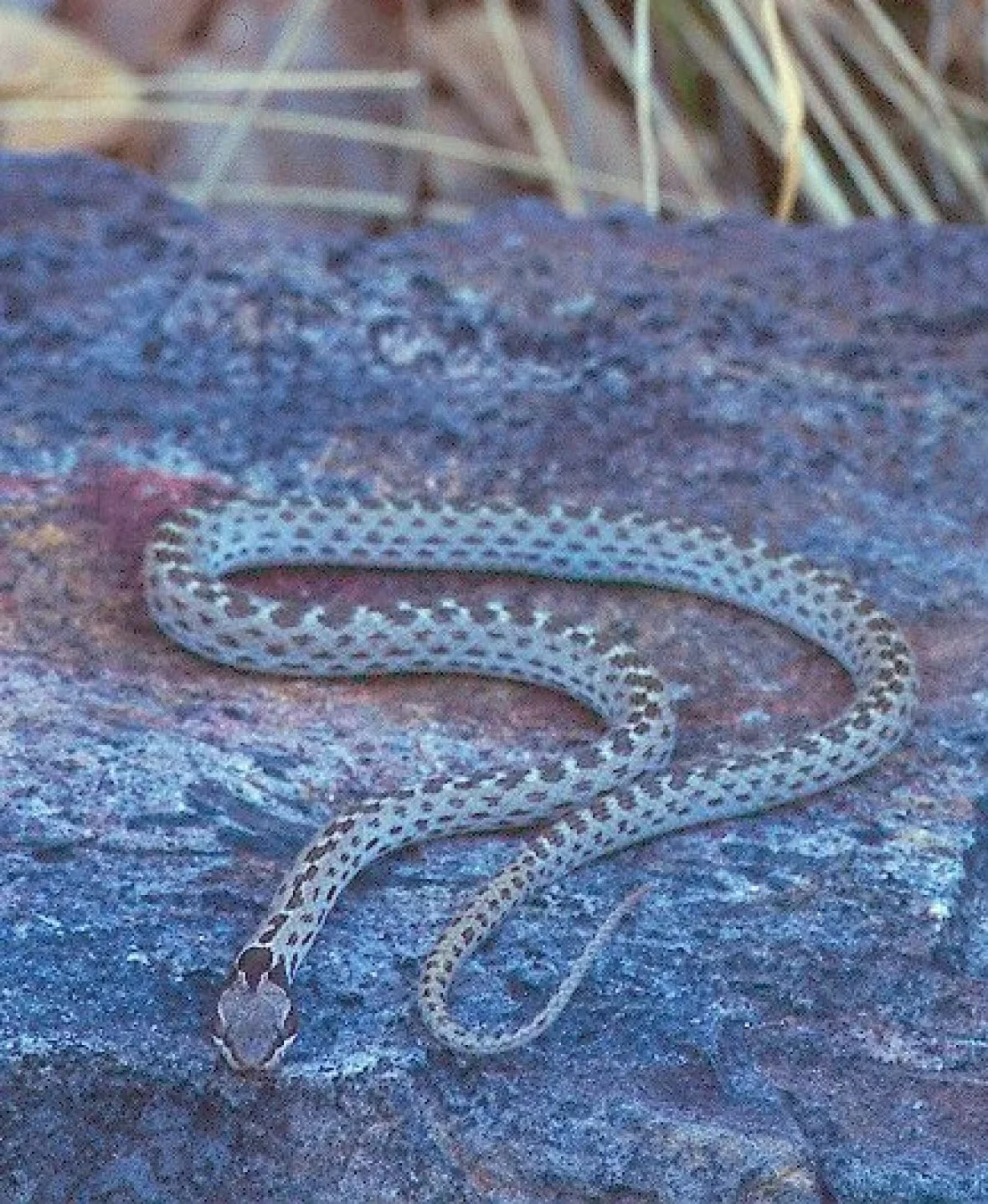
The Desert night snake emerges mostly after the sun sets when it hunts for lizards. (Okanagan Similkameen Stewardship)
Yellow-bellied racer: Considered a species of special concern, the racer emerges during the hottest parts of the day to seek its prey. Although lacking venom, it has been known to nip if mishandled.
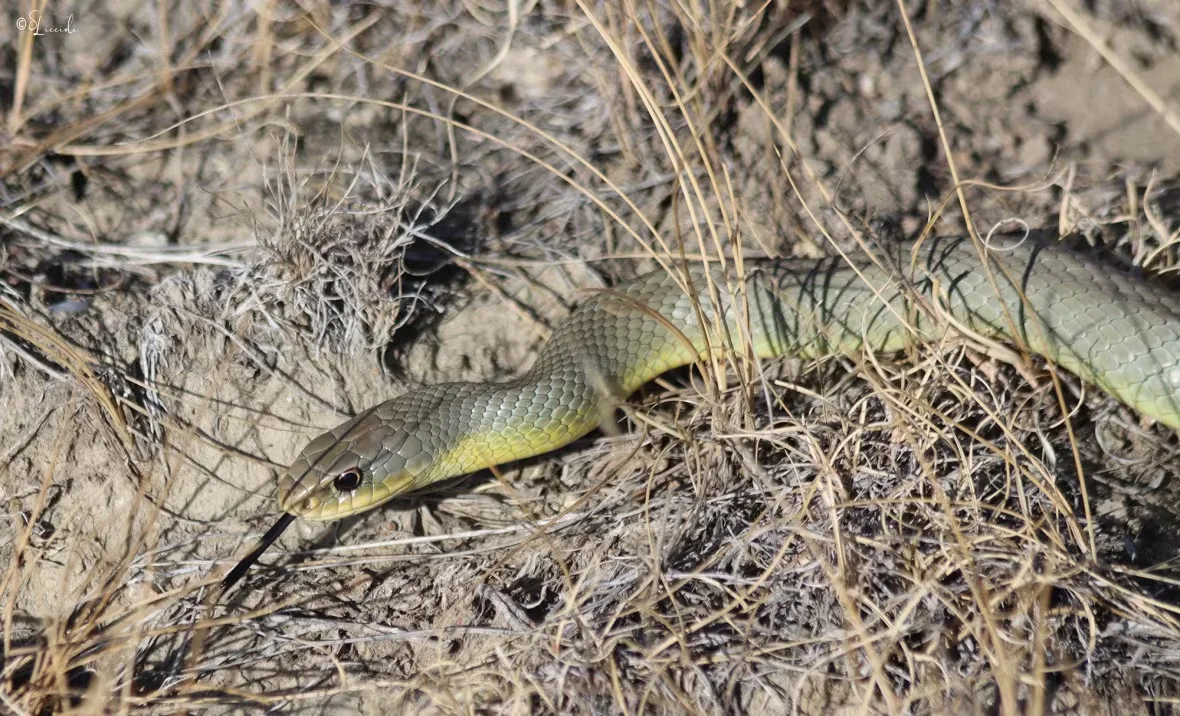
The yellow-bellied racer emerges during the hottest parts of the day to seek its prey. (Grasslands National Park)
Rubber boa: Another species of special concern, known for being one of the shyer snakes in B.C.
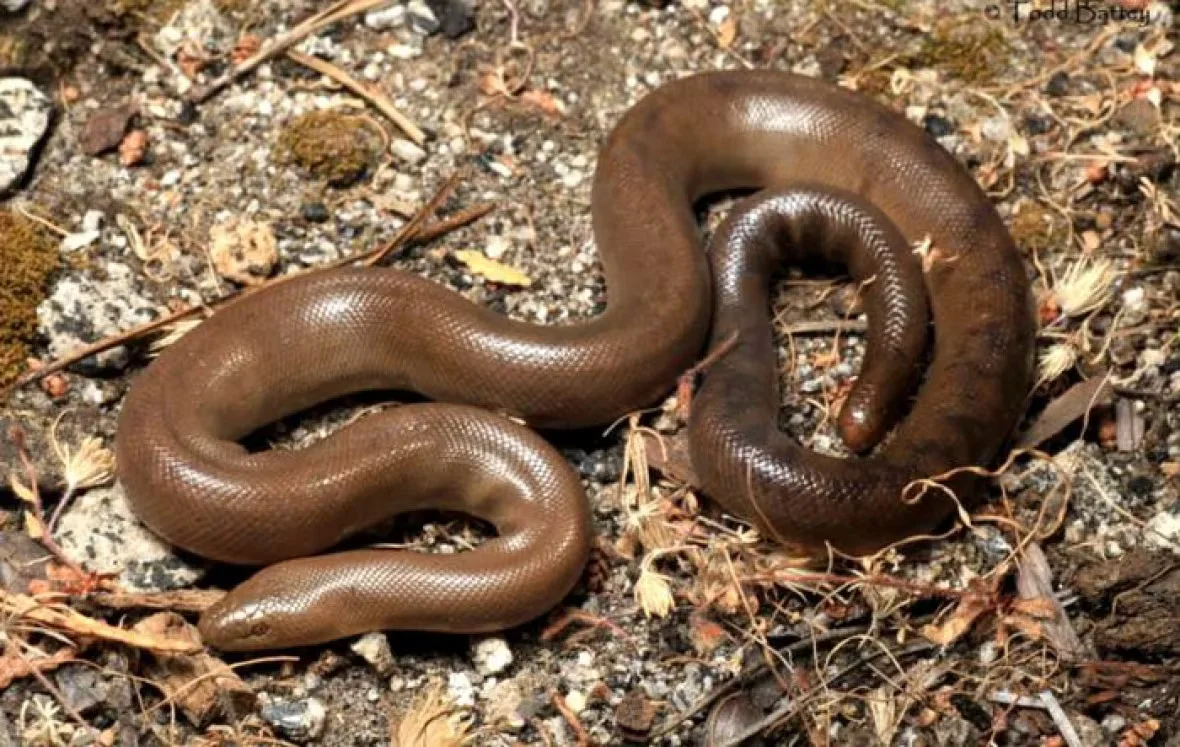
The rubber boa is one of the shyer snakes in B.C. (Northwest Wildlife Preservation Society)
Western terrestrial garter snake: It's not venomous but may bite if handled roughly.

The Western terrestrial garter snake is not venomous and only a biter if handled roughly. (Parajito Environmental Education Center)
Common garter snake: This non-venomous species is often found near bodies of water where it is known to prey on frogs and small fish.
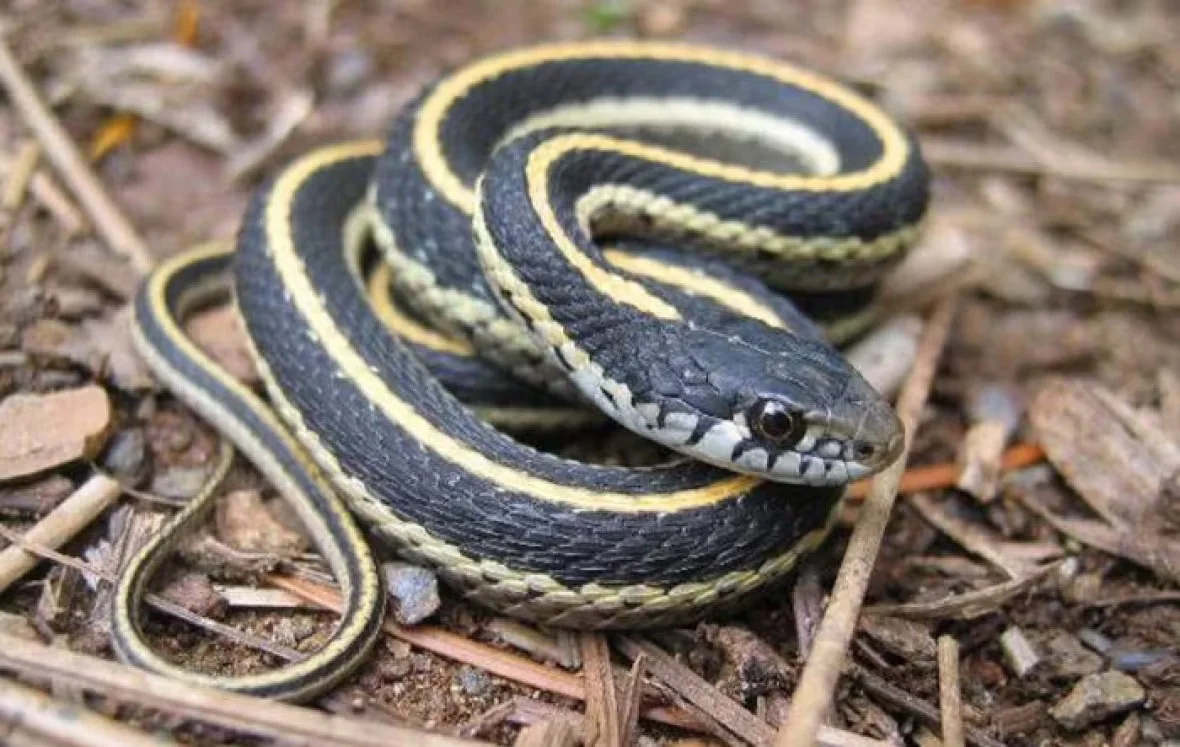
The common garter snake is non-venomous and is often found around bodies of water, where it feeds on frogs and small fish. (Northwest Wildlife Preservation Society)
Rattlesnakes don't always rattle
Chloe Howarth, a rattlesnake expert at the Wildlife Restoration Ecology Lab at the University of British Columbia's Okanagan campus in Kelowna, says the most common snakes in B.C. are the spotted gopher and the rattlesnake.
She says rattlesnakes, despite their name, don't always rattle to warn you of their presence.
SEE ALSO: These alarmingly large snakes are more common than you may realize in Ontario
"Don't expect that you're always going to get warned," she told host Chris Walker, the host of CBC's Daybreak South. "But if you hear a rattle, try to figure out where it's coming from and just be really careful where you're stepping, and try not to get too close to wherever the rattlesnakes are."
Howarth advises people to steer clear of snakes and keep their pets away from them. He says if you stumble upon one, call a conservation service officer for help safely relocating it.
When it becomes necessary to relocate a snake, the Okanagan Similkameen Conservation Alliance recommends putting on boots to avoid being bitten and using a tall garbage can and broom to gently guide the snake into the can to move it somewhere else.
Thumbnail courtesy of Okanagan Similkameen Stewardship Program
This article was originally written by Winston Szeto for CBC News. With files from Daybreak South.






